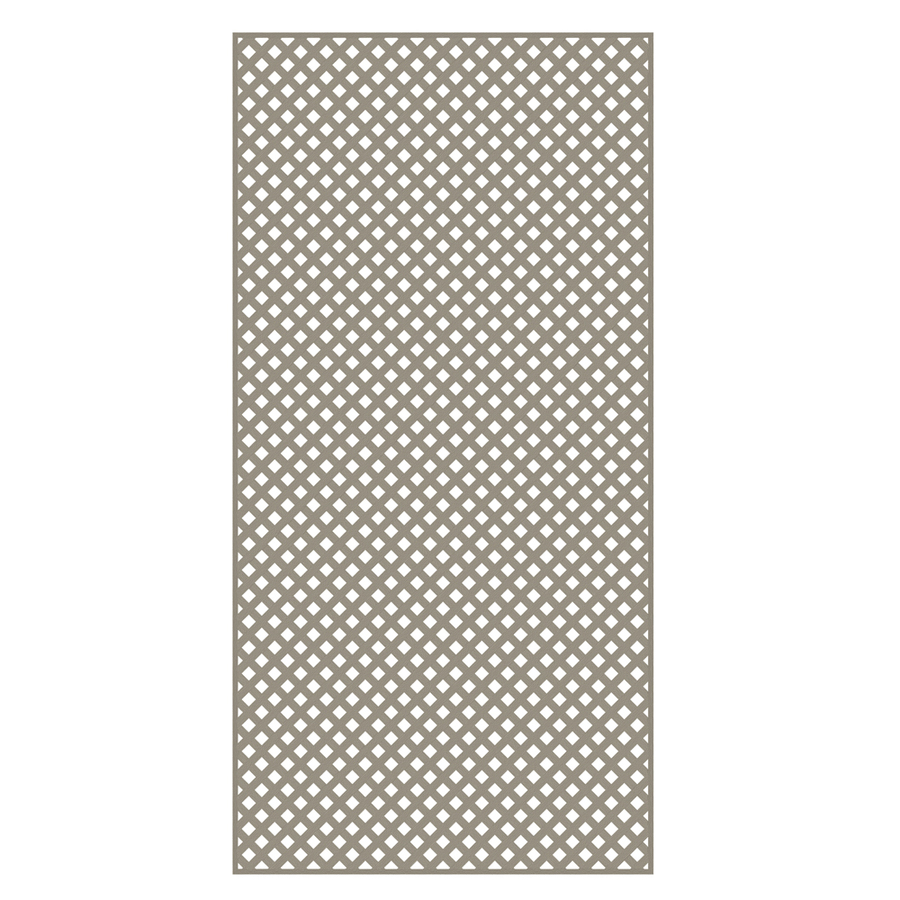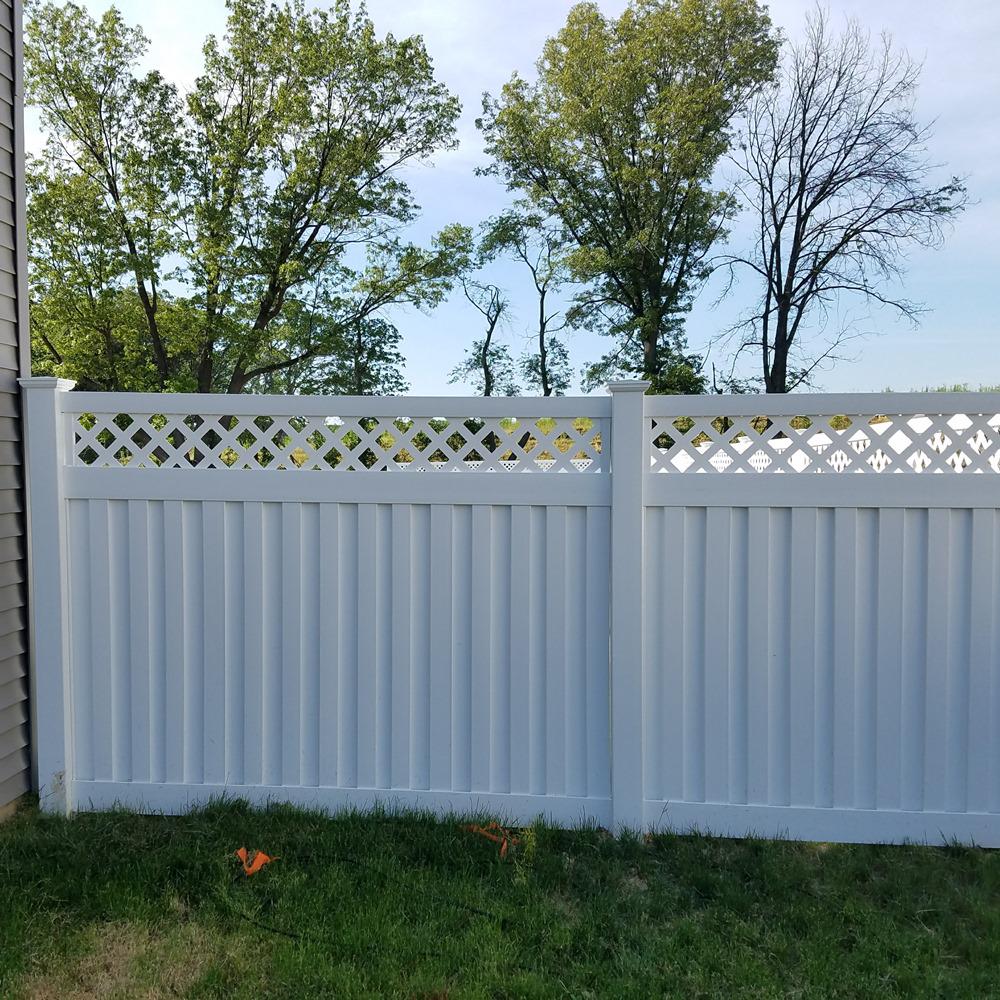

#Privacy vinyl lattice panels pro
If another color is preferred, a pro can paint it with epoxy paint for around $350, including labor and materials. This is great for homeowners looking for a long-lasting, durable fence in a color that blends into the surroundings better. Vinyl fencing comes in more colors than just white you can also choose brown, red, black, or beige. Removing landscaping could range from $75 to remove a bush or up to $2,000 for tree removal. This might also be the case if the landscaping is simply too close to the fence line, making it difficult for the installer to work.

Trees, shrubs, logs, stumps, and other natural debris will need to be removed before the fence can be built. Sometimes there is existing landscaping in the way of the new fence. Depending on the size of the fence and the number of permits needed, you could spend $20 to $400 on permits. The installer might be able to help you obtain them too, so it’s worth asking. Some municipalities have requirements for building fences on property lines, so check with them about any necessary permits.

Still, labor actually makes up a smaller portion of the total cost of vinyl fencing since the amount of materials needed outweighs the cost of labor. This also works out to about $35 to $50 per hour. Expect to pay around $5 to $10 per linear foot per employee. There’s no getting around the labor cost for fence installation since it’s a labor-intensive process. The thickness of a fence isn’t as important as the materials, so ask a pro about using virgin vinyl (100 percent pure vinyl) instead of a fence made from recycled PVC scraps, which is more prone to damage from the elements over time. Now homeowners can choose a PVC fence that’s much more durably made with composite materials or pure vinyl. Today’s vinyl fencing has improved quite a bit since the original vinyl fences looked as flimsy as they were. If grading is not needed, it will likely take longer to build the fence to compensate for the more challenging job, which means the total labor costs will be higher. Grading a slope could cost between $900 and $3,000 depending on how much work needs to be done. If the slope is significant, the fence builder might need to have the ground leveled to properly build a fence that will last. A single gate costs between $300 and $1,500 for materials and labor, but if it’s highly decorative or it’s a double gate, then it could cost up to $2,500.īuilding a fence on sloped ground takes more time, effort, and skill to ensure the fence is leveled correctly and doesn’t leave awkward gaps along the ground. Gates are another crucial part of a fence as you’ll still want to have access to the front or back yard. Plain white vinyl posts cost around $26, and a 100-foot fence with twelve 8-foot panels will probably need 14 posts. Vinyl fence posts are usually capped to keep water out, but you can also add more decorative caps with lights for an extra cost. Vinyl fence panels can only be made so wide before they must have another post for stability. The more posts that are needed, the higher the cost, although there’s little you can do to choose how many fence posts you need. It’s labor-intensive to dig a hole, fill it with concrete, and set the posts in it while keeping them level and perfectly in line for a straight fence. Posts and Gatesįence posts are the most challenging part of installing a fence. You could also choose to have a vinyl fence that’s imprinted to look more like natural wood grain, and this usually costs around $40 per linear foot. These colors typically cost a little more, though-often up to $60 per linear foot. There are also other standard color options to choose from, like beige, brown, black, or even red. Most vinyl fences are white since it’s the cheapest color available (about $25 per linear foot), and it makes a lovely aesthetic against the yard and house. An 8-foot panel will cost more than a 4-foot panel, but a 4-foot-panel fence will need more fence posts. Also, you’ll need to decide on the width of the vinyl fence panel. These costs can vary based on your location and the current demand. A three-rail, ranch, or horse fence costs on average $15 to $25 per linear foot, and a picket fence costs $15 to $20 per linear foot.


 0 kommentar(er)
0 kommentar(er)
